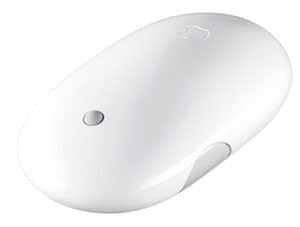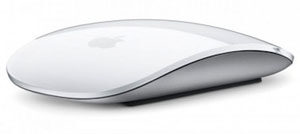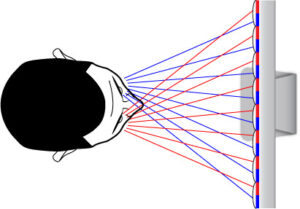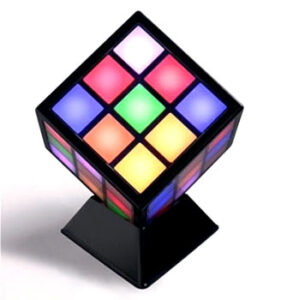I have noticed that I have had some pretty good ideas growing up. Unfortunately, I neglected to ever actually pursue these ideas, thinking myself either incapable of completing or engineering these ideas, or because I simply forgot. Without Further ado, I give you the things I should have patented:

1. The scroll-ball
In the nineties, I got my first mouse with a scroll wheel. Such a novelty! So convenient for surfing the net, and equally great for working in Photoshop! Not long after having one, I thought it would be super to combine that technology with the already popular trackball, and make a super mouse that could scroll both up and down as well as left and right. Well, I never did anything with that idea, and 6 years later apple released the “Mighty Mouse.” I got my wish (but no cash… Bummer).

2. The touch-mouse
Once the “Mighty Mouse” (Now just Apple Mouse) was invented, I thought about how it was able to sense that fingers are present in either the left or right positions, thus knowing when to right versus left click. I found out that the principle of finger detection is the same technology they use for track pads on notebooks. I thought to myself that having a track pad on the top of the mouse instead of the scroll ball would be way cooler. There would be no ball to clean, etc. Well, Apple did finally do that too when they created the “Magic Mouse.” It also has multitouch capabilities as an added bonus!

3. No-Glasses 3-D Screen
Remember those cool pictures that moved when you changed the relative viewing angle? (lenticular animation) Well, that is because there are 2 or 3 images split up into vertical line segments, and spread across the whole area of the image with a prismatic lens on top which allows only one set of vertical lines to be seen at a time. Well, this seemed like a perfect technology to combine with the high-pitched LCDs. If 2 images (stereoscopic) were positioned in vertical lines and placed behind this same type of prismatic lens so that the left eye and right eye will only see isolated images, the effect of 3D would be produced. Well, I didn’t jump on this idea, and now it’s been patented and even demonstrated. This example is not exactly the same, but it uses the same principle involving a lenticular sheet, and augments it with 16 projectors.

4. The Digital Rubick’s Cube
Back in the day when I first learned to solve a Rubick’s Cube, I thought to myself that it would be quite convenient to have a a digital one capable of shuffling itself or solving itself. Well, many years later such a thing was created. It’s called the “Rubik’s Touchcube.” To bad I never saw it through to actually creating it. I must say however that mine would have been cooler…
I’m sure there are more, but this is good for now.